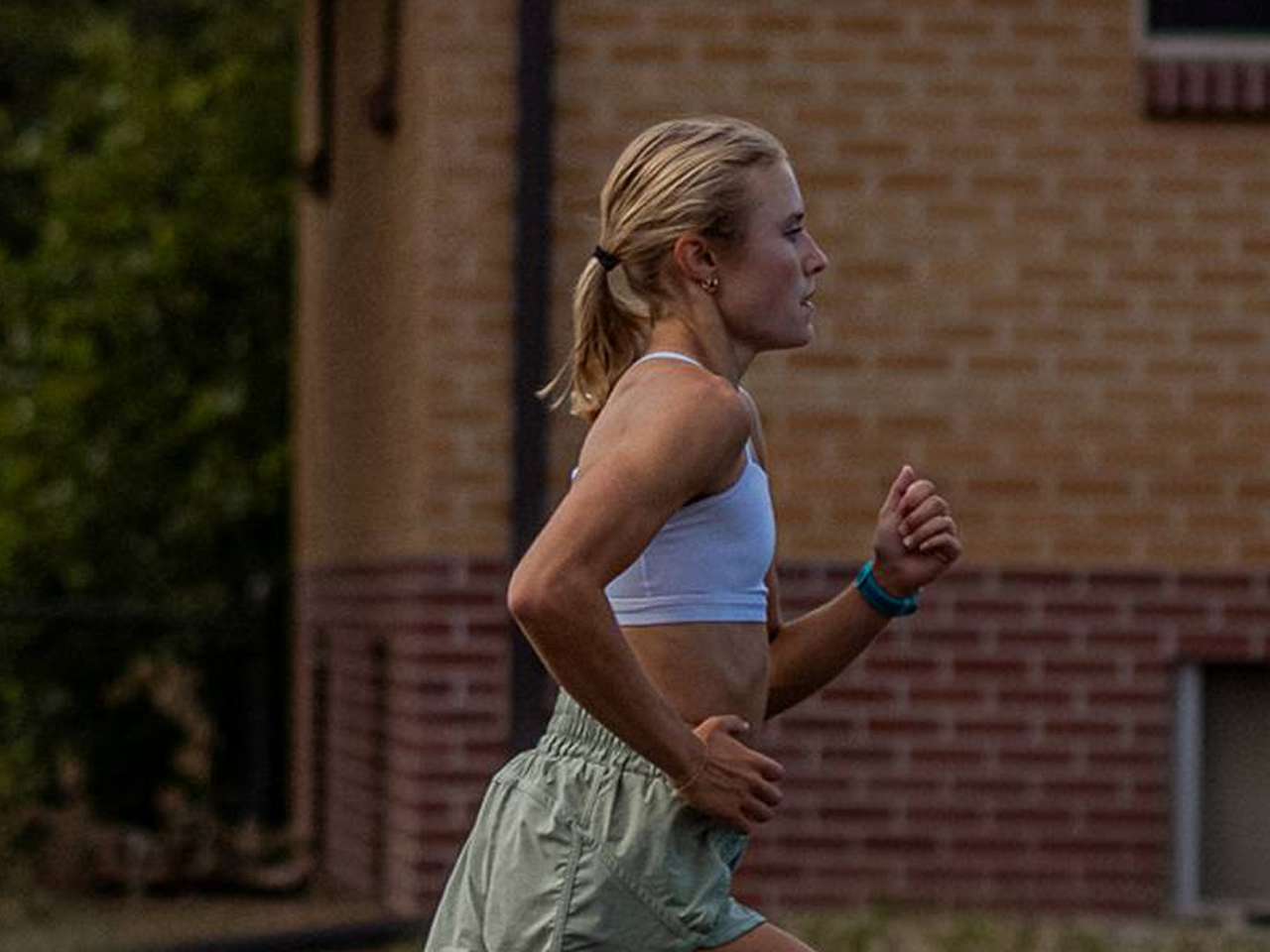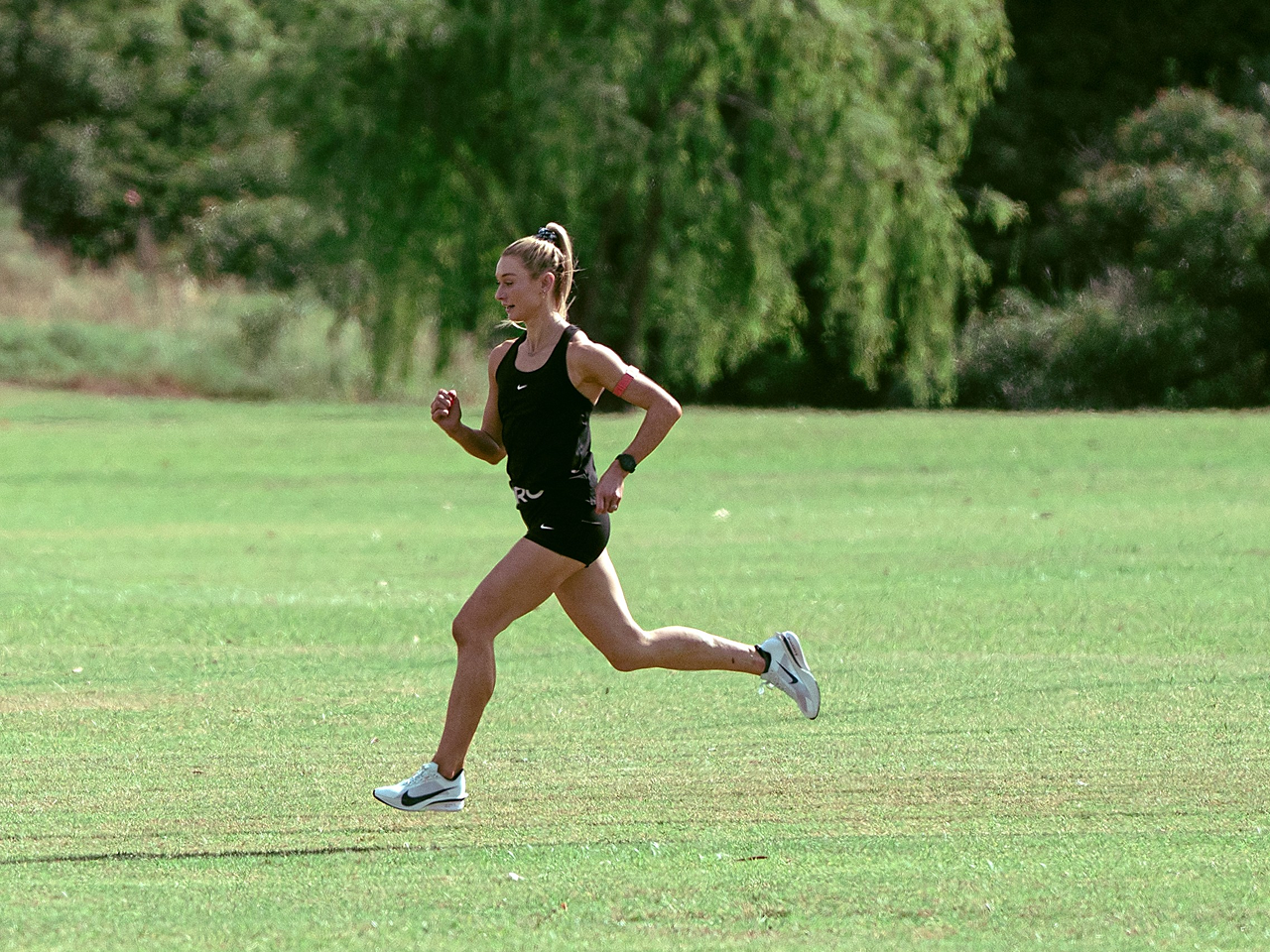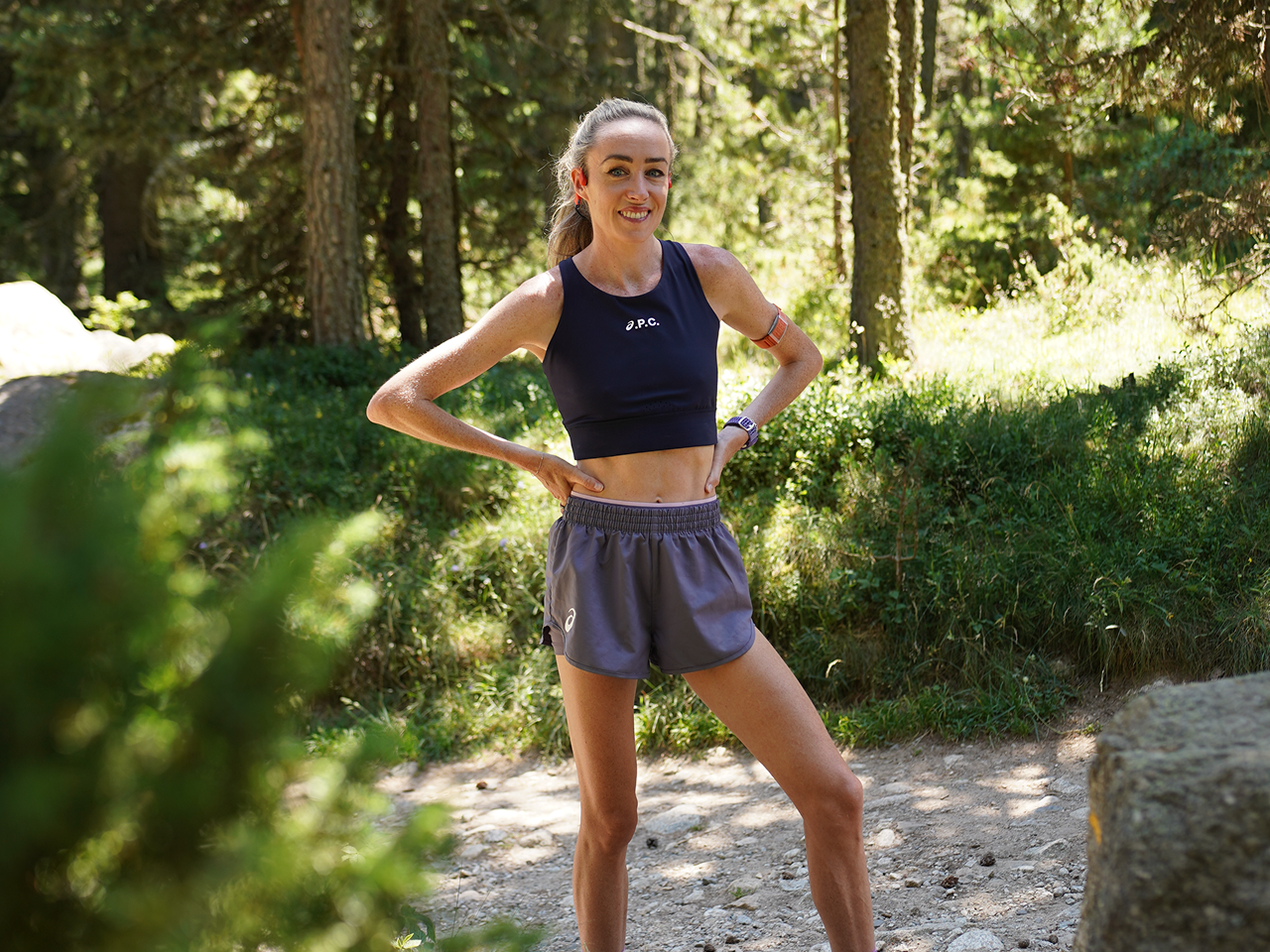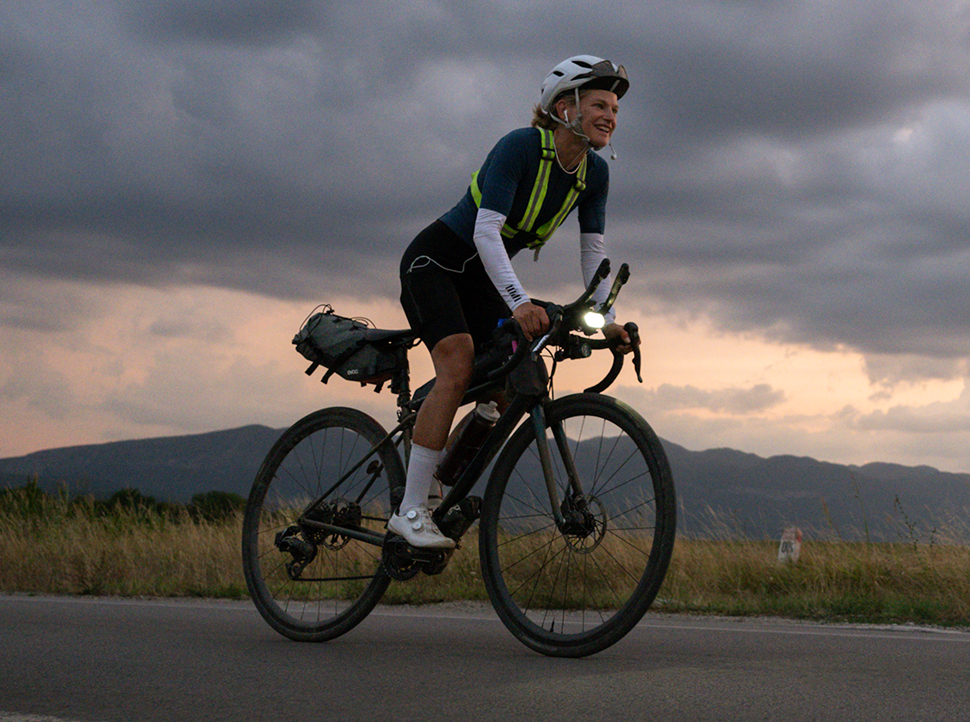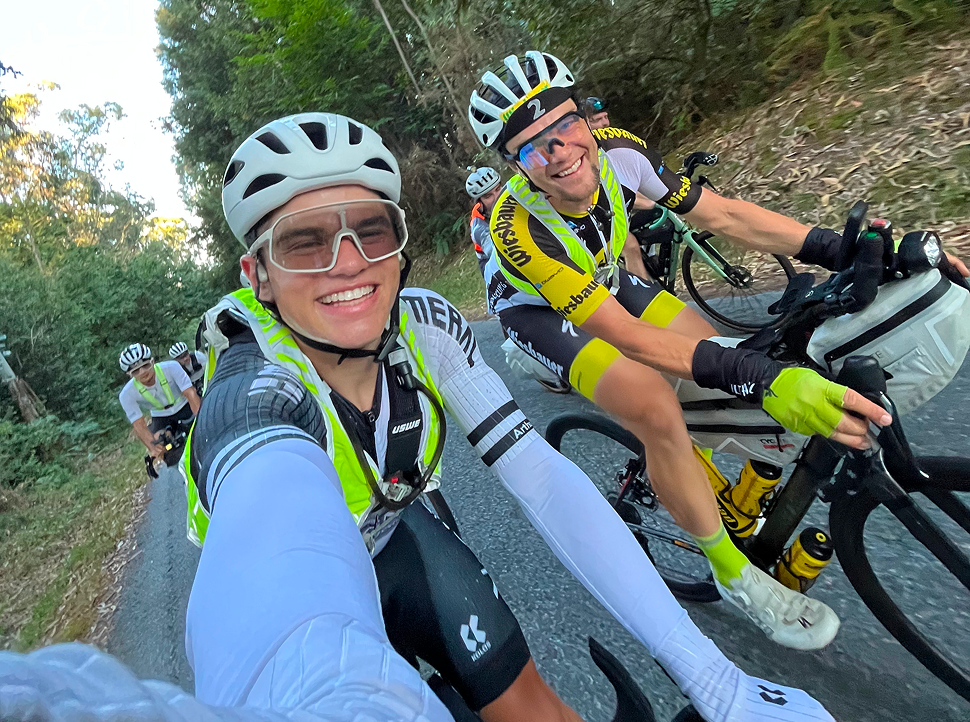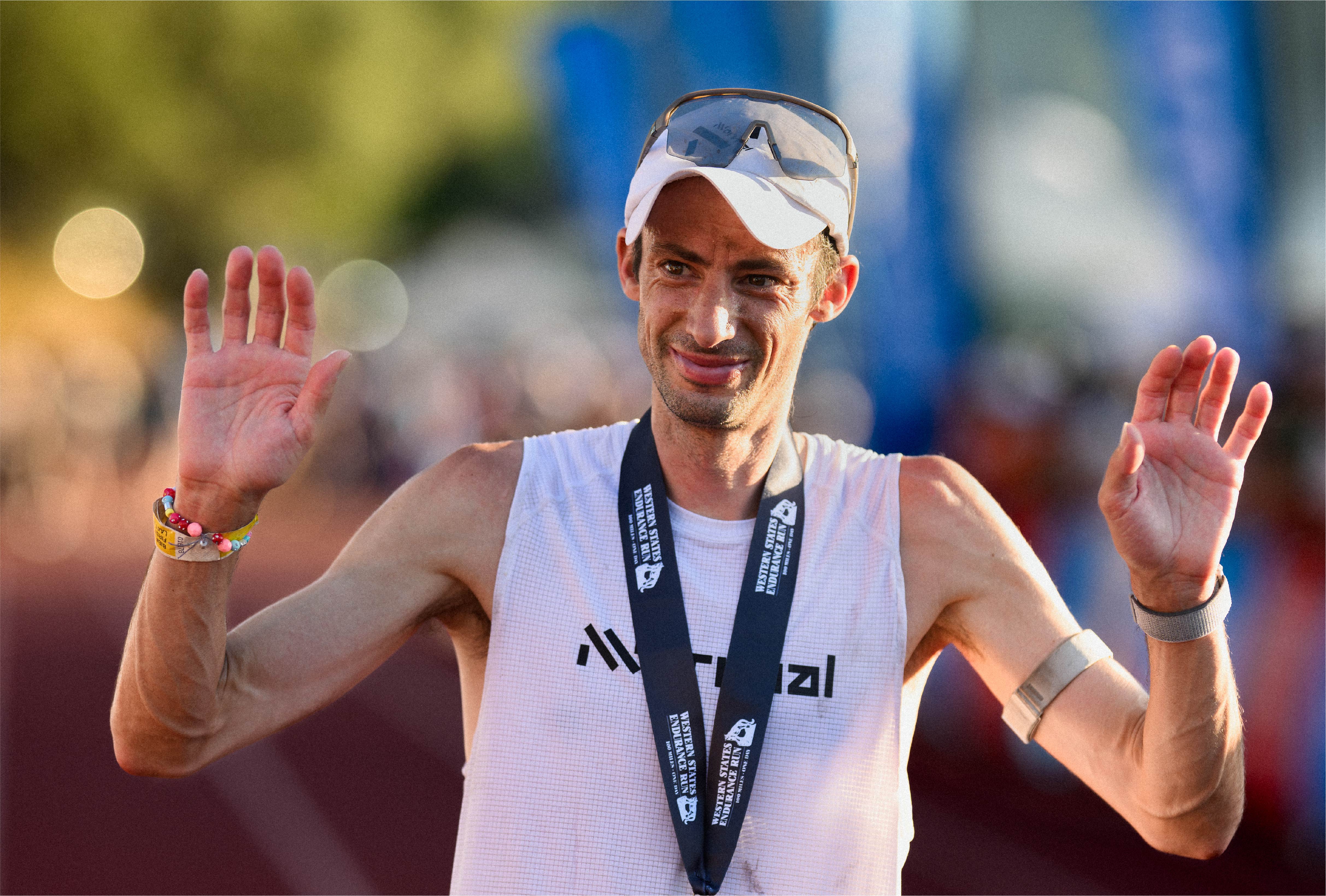In a breathtaking display of endurance, strategy, and unshakable grit, COROS Pro Athletes Laura Pineau and Kate Kelleghan have carved their names into climbing history. They completed the Yosemite Triple Crown - a legendary link-up of Yosemite Valley’s three most iconic big walls: El Capitan, Half Dome, and Mount Watkins in the span of 24 hours. Not only did they conquer one of the most formidable challenges in big wall climbing, they also shattered a long-standing gender barrier in the sport. No all-women team had ever attempted the feat... until now.
“We talked to so many women along the way who said they were inspired just hearing we were going for it,” said Kelleghan. “It felt really special to represent and show that, yeah, women are doing big things too.”
The Yosemite Triple Crown: A Modern Epic
The Yosemite Triple Crown is an elite endurance climbing challenge that involves scaling the three major big walls of Yosemite National Park: El Capitan (via The Nose), Half Dome (via the Regular Northwest Face), and Mount Watkins (via the South Face) in under 24 hours. The feat covers approximately 71 pitches of technical climbing with over 7,000 feet of cumulative elevation gain. Typically climbers spend several days per wall, but completing all three in a single day demands world-class speed, efficiency, and stamina, making it one of the most difficult and respected link-ups in big wall climbing. Completing the link-up in under 24 hours places climbers among an elite few; as of 2025, only ten teams have ever done so.
Until now, none of those teams included women.
“Historically, the list has been entirely male,” said Pineau. “We wanted to be a part of changing that narrative—and now we are.”
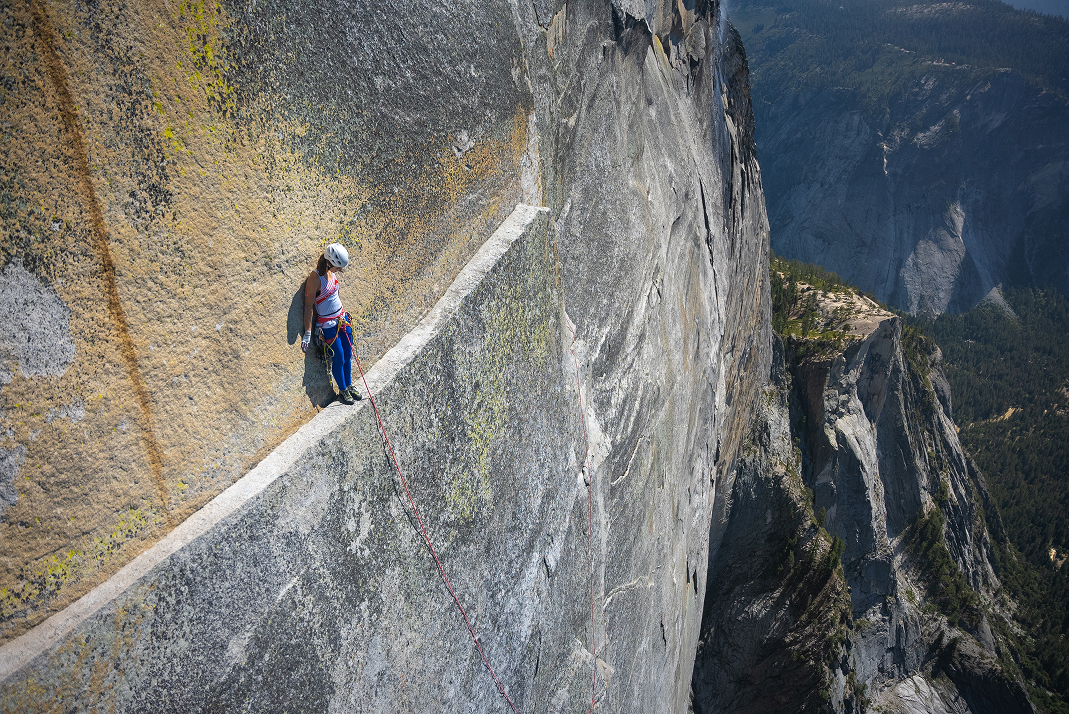
The Climbers Behind the Ascent: Kate and Laura's Journey
Kate Kelleghan, from Boulder, Colorado, and French climber Laura Pineau forged a dynamic partnership built on shared ambition and complementary skills.
Earlier this year, they broke the women’s speed record on the Naked Edge in Eldorado Canyon. Their 37-minute, 8-second ascent was foundational for this next challenge.
“The Naked Edge was the best training we could have done,” Pineau reflected. “It helped us dial our simul-climbing communication and boosted our confidence for Yosemite.”
“It was like a mini experiment,” added Kelleghan. “Could we get Laura into shape quickly with complex tactics? Turns out, yes, and it laid the groundwork for everything that came after.”
Training Like Pros: The COROS Edge
Preparation for a challenge like the Yosemite Triple is multi-dimensional. It's about strength, stamina, speed, precision, and planning. For Laura and Kate, this meant months, if not years, of methodical training and skill development, customized to meet their individual needs and the demands of each route.
Laura had been eyeing the Triple for over a year, and started training intensely six months before their attempt. “I’ve been training crazy endurance,” she explained. “Being able to handle as many pitches as I can in one session... I wanted to make sure I was able to handle 20, 30, 40 pitches in a day.” While her strength base was already there, it was endurance that would carry her across three massive walls in a single push.
Their COROS watches played a key role in that preparation. With the ability to track ascent times, log training metrics, and break climbs into measurable segments, COROS helped transform complex objectives into actionable data. By combining meticulous route knowledge with real-time analysis, the pair sharpened their tactics and pacing, turning the abstract challenge of the Triple into a structured, strategic effort.
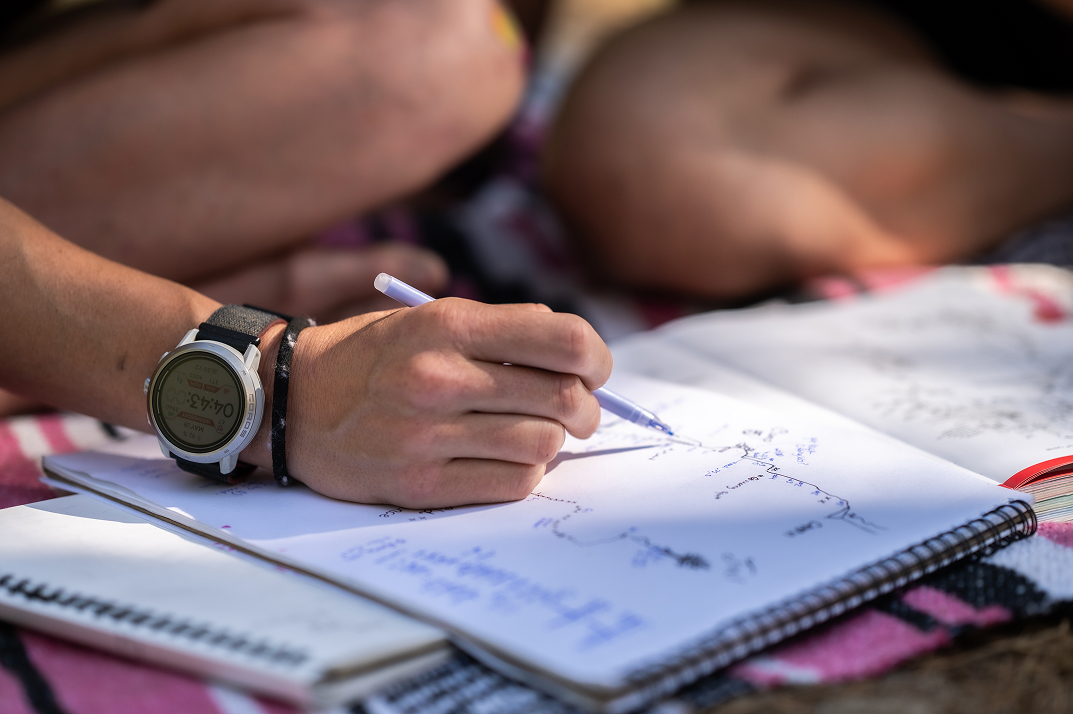
Using their COROS VERTIX 2s watches, Laura and Kate trained with purpose and precision.
“Every climb needed a different number of laps to feel dialed,” Kelleghan explained. “Watkins took four. Half Dome only two. We tracked our segment times and set goals, and once we hit them, we knew we were ready. If you’re not training with data, you’re training in a black hole”
Their COROS data guided everything from recovery days to sleep analysis.
“It told us when we were overtraining, when to pull back, and when we were ready,” Pineau said. “Toward the end, it was shouting ‘Excessive!’ every day, and it was right. That’s when we knew we had to rest and then go for it.”
“Kate’s watch always said, ‘Great sleep!’” Pineau laughed. “Mine was like, ‘Fair. Not enough. Try again.’ But even that helped us adjust, go to bed earlier, rest harder.”
By logging granular data during their training runs, they created a tactical blueprint of the route, identifying slow segments and making surgical improvements to speed and efficiency. Their training wasn’t just physical, it was computational.
The Race Against Time: How Kelleghan and Pineau Climbed to the Final Hour
On the day of the climb, Laura and Kate were confident, prepared, and ready to put their precise plan into action. Armed with real-time metrics and months of analytics, they began at the base of Mount Watkins and didn’t stop moving until Half Dome was behind them.
They started at 4 p.m. on Saturday, June 7, 2025, after delaying their attempt to avoid storms. From their first climb up Watkins, they were cutting it close: even though they shaved 40 minutes off their best time, they needed to continue pushing to meet their goal. The team completed the Watkins climb in 4 hours and 11 minutes.
By the time they made it back to El Cap Meadow at 10:15 p.m., the clock was ticking mercilessly. As they prepared to take on the Nose of El Cap, Pineau and Kelleghan were laser-focused. The team was running on fumes, fueled by adrenaline and sheer determination. There was no room for mistakes now.

Climbing the Nose on El Capitan through the night came at a cost. Pineau pushed hard through the first four pitches, but each block still ran about ten minutes behind schedule. Their 40-minute cushion from Watkins had already been cut in half. The math was unforgiving: even the slightest slowdown could put the 24-hour finish out of reach. Still, the team managed to complete the Nose in 7 hours and 25 minutes - fast, but not fast enough to relax.
As they approached Half Dome, the toll of the day was setting in. When Pineau began leading her final block to the summit, she asked Kelleghan for regular time checks at each pitch.
Their route was a symphony of synchronization: fast leads, efficient transitions, and calculated traverses. The work they’d done beforehand, powered by COROS insights, allowed them to stay in their optimal zones for effort and recovery even as they pushed past exhaustion.
By the last pitch, they had just 30 minutes to spare. That’s when Kelleghan realized something she hadn’t dared believe: they were actually going to do it. The team topped out on Half Dome in 5 hours and 50 minutes. They completed The Yosemite Triple Crown in 23 hours and 36 minutes, redefining what's possible in women's climbing.
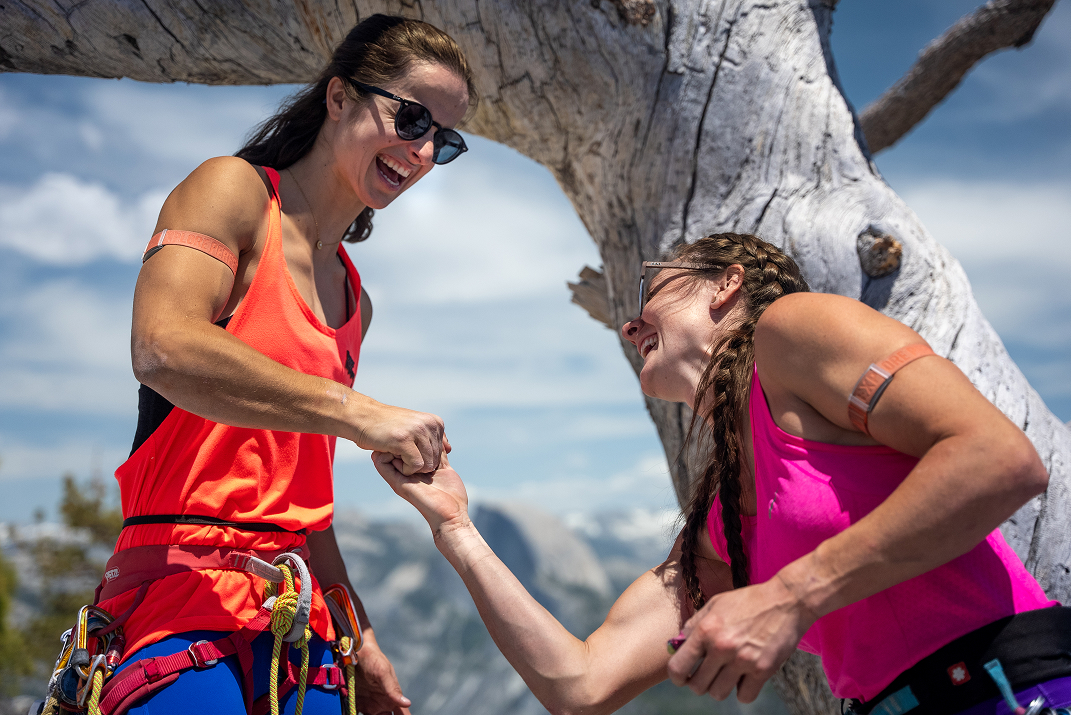
Legacy in the Making
Laura Pineau and Kate Kelleghan’s success is a historic milestone but it’s also a powerful invitation.
It invites other climbers, especially women, to dream bigger, train smarter, and challenge traditional limits in the vertical world. Their story is proof that the combination of passion and precision tech can open doors to achievements once thought impossible.
“There are still barriers for women in climbing,” said Kelleghan. “We just broke one.”
As more athletes integrate tools like COROS into their mountain pursuits, we can expect to see fewer limits, more records, and many more stories like Laura and Kate’s lighting the way forward.

/filters:quality(90)/fit-in/970x750/coros-web-faq/upload/images/52d2a01c26e8f224d55f63f9ef4748a0.jpg)
